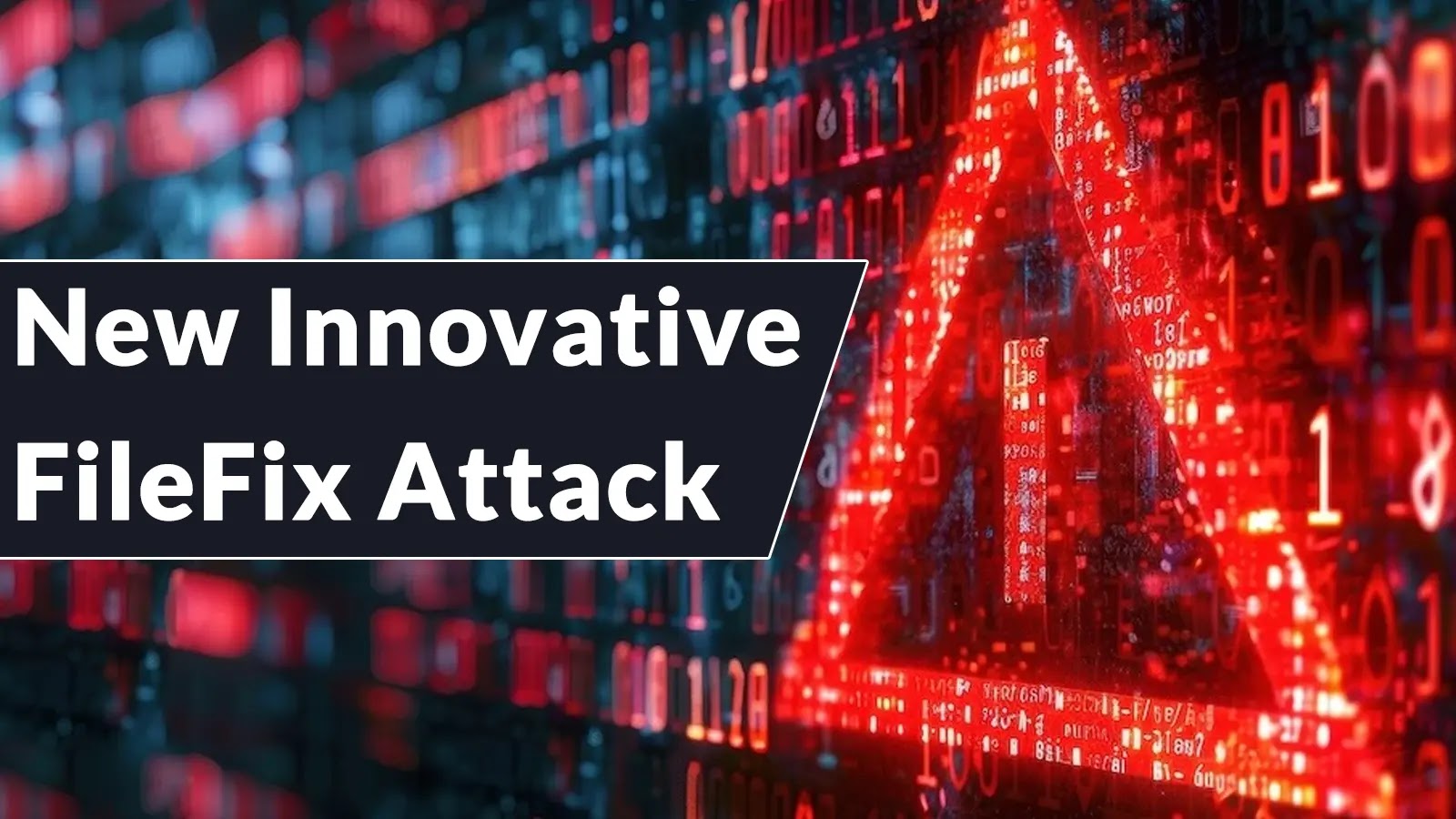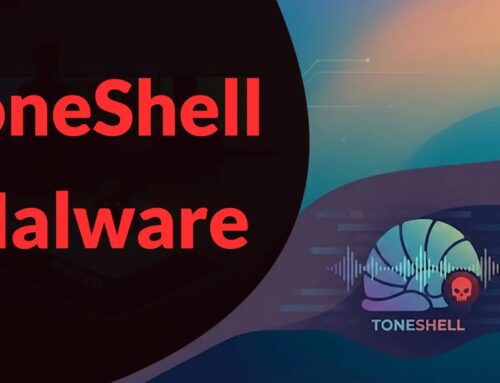
New Innovative FileFix Attack in The Wild Leverages Steganography to Deliver StealC Malware
The Invisible Threat: FileFix Attack Leverages Steganography to Deliver StealC Malware
A disturbing new cyber threat has emerged, marking a significant leap in social engineering tactics. For the first time, the innovative FileFix attack methodology – previously confined to theoretical discussions and proof-of-concept demonstrations – is actively being exploited in the wild. This sophisticated campaign expertly hides malicious payloads within seemingly innocuous image files using steganography, ultimately infecting systems with the dangerous StealC information stealer. Understanding this evolving threat is critical for bolstering your organization’s cybersecurity defenses.
Understanding the FileFix Attack Methodology
The FileFix attack represents a new frontier in stealthy malware delivery. Unlike traditional methods that rely on obviously infected files or downloader scripts, FileFix meticulously embeds its malicious components within legitimate-looking files. The current campaign demonstrates this by hiding the dangerous StealC malware inside common JPG images. This technique makes detection challenging for traditional security solutions that primarily scan for suspicious file types or known malware signatures. The attacker’s ability to disguise the threat as benign data significantly lowers a victim’s suspicion, increasing the likelihood of successful execution.
Steganography: The Art of Concealment in FileFix
At the heart of this advanced attack lies steganography, not to be confused with encryption. While encryption scrambles data to make it unreadable without a key, steganography’s goal is to keep the very existence of the data a secret. In this FileFix campaign, threat actors exploit steganography to embed the StealC information stealer into JPG image files. When a user opens such an image, a carefully crafted exploit or dropper extracts and executes the hidden malware. This method makes a standard image file a covert vector for sophisticated malware, allowing it to bypass many perimeter and endpoint security checks that might otherwise flag executable files or scripts.
StealC Malware: What it Does and Its Impact
Once successfully deployed via the FileFix attack, StealC malware operates as a potent information stealer. Its primary objective is to exfiltrate sensitive data from compromised systems. While specific capabilities can vary, common functions of information stealers like StealC include:
- Harvesting credentials from browsers and applications.
- Collecting financial information, such as credit card details.
- Stealing documents, emails, and other personal or corporate data.
- Capturing screenshots and keystrokes.
The impact of a StealC infection can be severe, leading to data breaches, financial fraud, identity theft, and significant reputational damage for organizations. The stealthy delivery mechanism of FileFix makes its initial infection particularly insidious, as victims may not realize they have been compromised until significant data loss has occurred.
Remediation Actions and Proactive Defense Against FileFix and StealC
Defending against advanced threats like the FileFix attack requires a multi-layered approach that addresses both technical vulnerabilities and human factors. Organizations and individuals must adapt their security strategies to counter steganography-based attacks.
- Enhanced Email and Web Filtering: Implement advanced email and web filtering solutions that can analyze attachments for embedded malicious content, not just known signatures. Consider sandboxing suspicious attachments before delivery.
- Endpoint Detection and Response (EDR): Deploy robust EDR solutions capable of behavioral analysis. EDRs can detect anomalous process behavior or attempts to modify system files, even if the initial payload arrived disguised.
- User Awareness Training: Educate employees about the dangers of opening unsolicited attachments or downloading files from unverified sources, even if they appear to be benign images. Highlight the sophisticated nature of social engineering.
- Regular Software Updates: Ensure all operating systems, applications, and security software are kept up-to-date with the latest patches. This helps mitigate vulnerabilities that malware might exploit during or after delivery.
- Network Segmentation and Least Privilege: Segment networks to limit lateral movement if an infection occurs. Implement the principle of least privilege to restrict user and application access to only what is necessary.
- Implement Strict File Policies: For critical systems, consider policies that restrict the execution of unsigned code or code from untrusted sources.
Detection and Mitigation Tools
Here are several tool categories and examples that can aid in detecting and mitigating threats like FileFix and StealC:
| Tool Name/Category | Purpose | Link |
|---|---|---|
| Threat Intelligence Platforms | Provide up-to-date information on emerging threats, IOCs, and attack methodologies. | N/A (various providers) |
| Endpoint Detection & Response (EDR) Solutions | Monitors endpoint and network events to detect and investigate suspicious activities. | N/A (various vendors like CrowdStrike, SentinelOne) |
| Security Information and Event Management (SIEM) | Aggregates and analyzes log data from various sources to identify security incidents. | N/A (various vendors like Splunk, IBM QRadar) |
| Advanced Email Security Gateways | Filters malicious emails, including those with cleverly disguised attachments. | N/A (various vendors like Proofpoint, Mimecast) |
| Network Intrusion Detection/Prevention Systems (NIDS/NIPS) | Monitors network traffic for suspicious activity and can block malicious connections. | N/A (various vendors) |
Key Takeaways for a Stronger Security Posture
The emergence of the FileFix attack leveraging steganography for StealC malware delivery underscores a critical shift in the threat landscape. Attackers are increasingly sophisticated, blurring the lines between legitimate and malicious files. Organizations must evolve their defenses beyond signature-based detection to include advanced behavioral analysis, comprehensive threat intelligence, and continuous employee training. Proactive monitoring and a layered security approach are no longer optional; they are imperative for protecting against these intelligent, stealthy threats.





